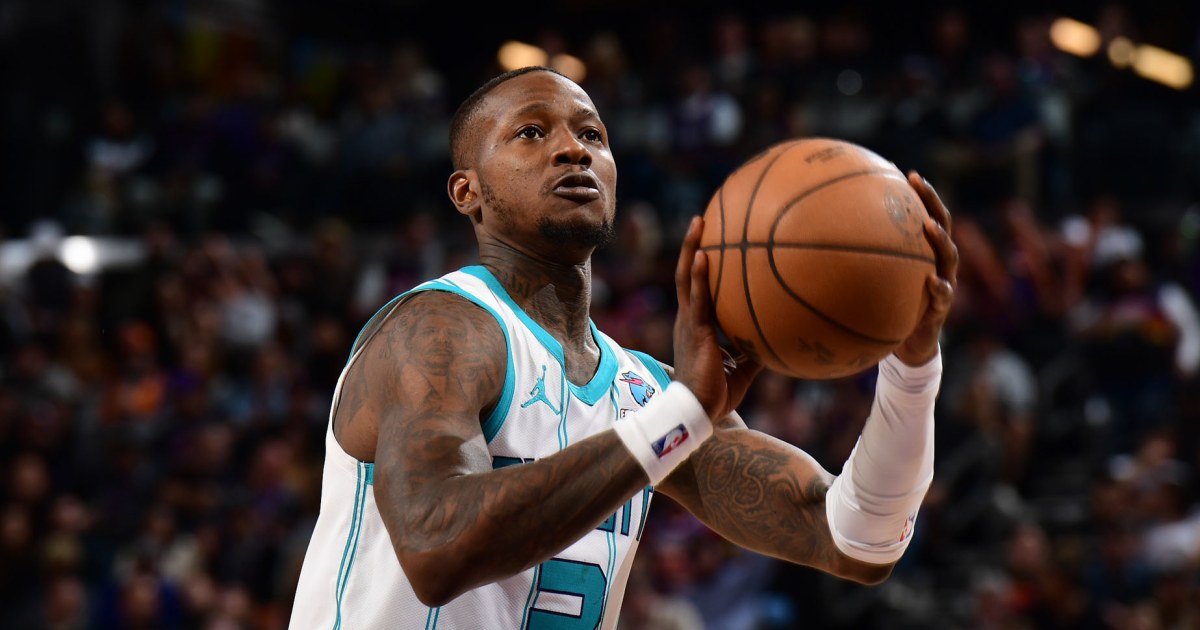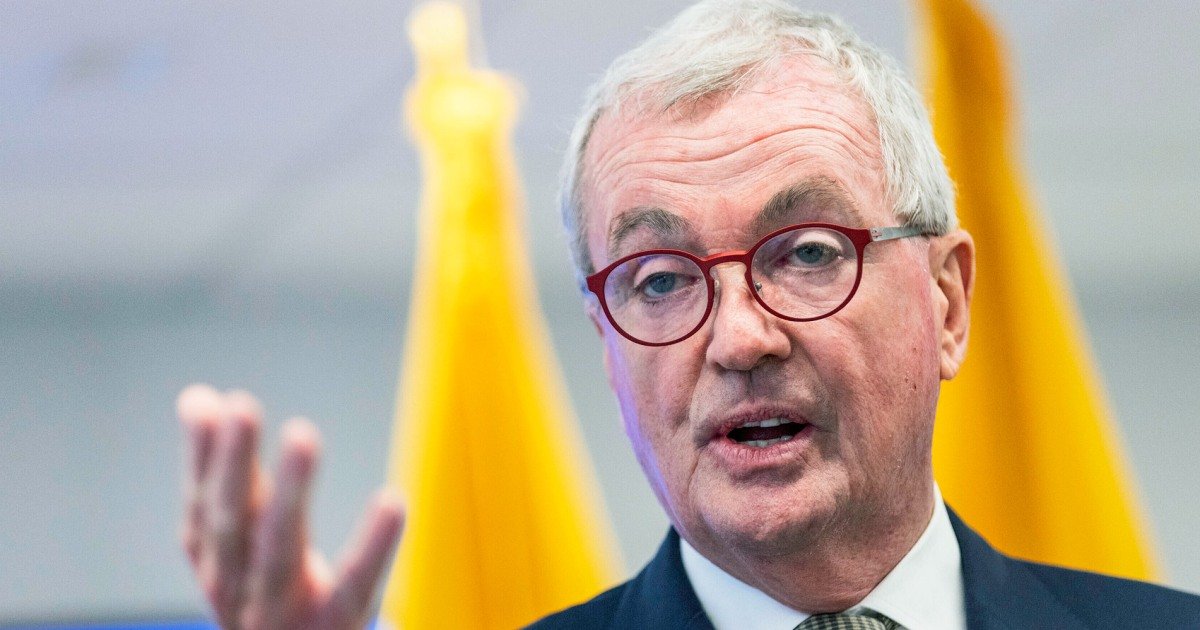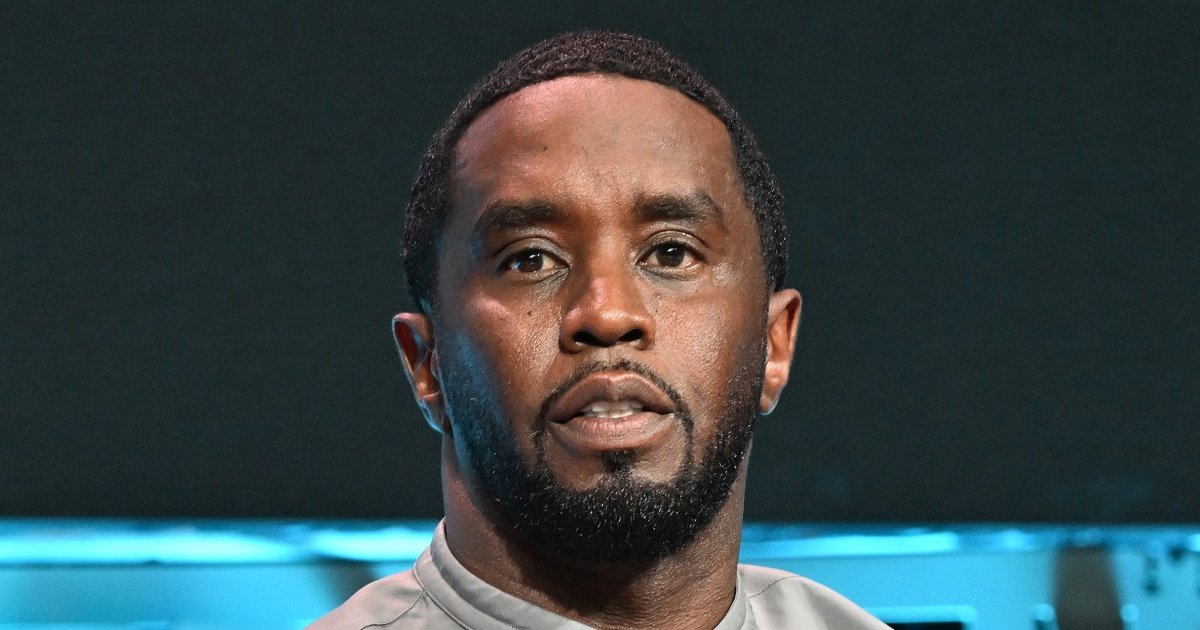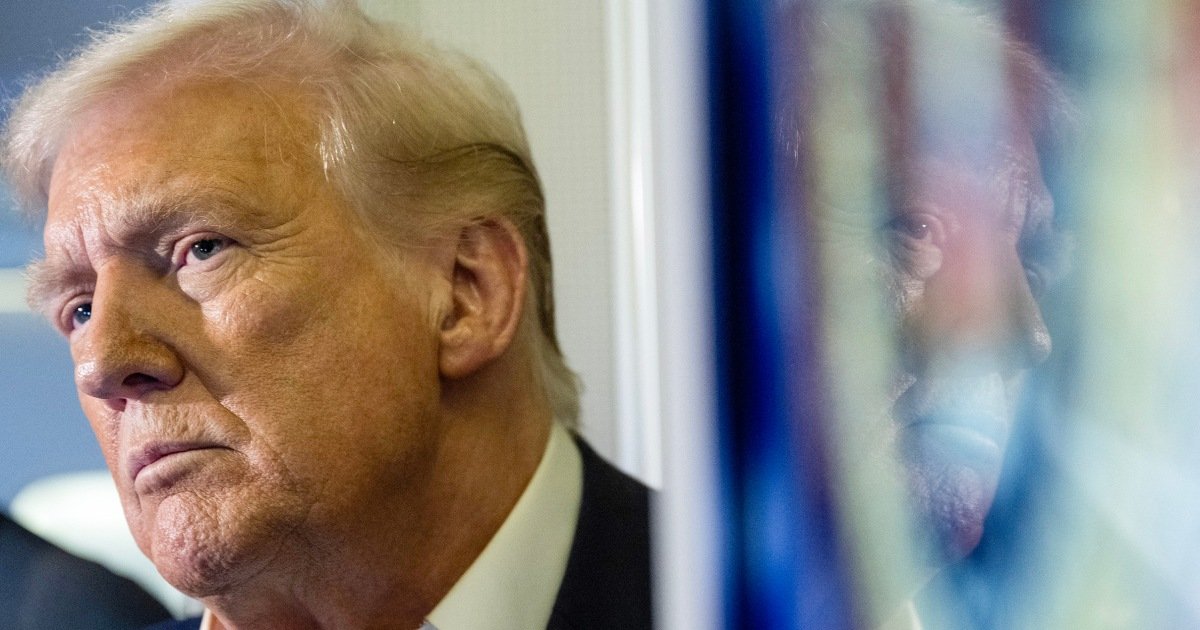The federal case against NBA guard Terry Rozier, accused of faking an injury during a game to tip off bettors, has exposed what sports medicine experts say is an unforeseen blind spot.
Do teams have any choice but to trust players to tell the truth about how they feel?
“If the player says he can’t go in the first quarter, he won’t go,” former Dallas Mavericks team doctor Tarek Souryal told NBC News last week. “We can’t see the pain. You can see the swelling. You can see the bruises. You can see a cut. But you can’t see the pain.”
Rozier, 31, was charged Thursday with conspiracy to commit wire fraud and money laundering.
Federal prosecutors allege he faked a right foot injury while playing for the Charlotte Hornets during a March 23, 2023, game in New Orleans, after telling a friend beforehand that he planned to go to the bench early.
The friend then sold that “non-public information” to gamblers, according to the indictment.
Rozier, now with the Miami Heat, has denied any wrongdoing. His attorney, Jim Trusty, said his client “is not a player” and “expects to win this fight.”
The case has renewed scrutiny over how the NBA verifies injuries and whether the rise of legalized sports betting has made the health status of players the newest vehicle for insider trading.
A fateful night in New Orleans
Rozier logged 35.3 minutes per game in 2022-23 for Charlotte but, on that late March night in New Orleans, lasted just 9½ minutes of action.
After hitting a jumper from the free throw line with about 6 1/2 minutes left in the first half, Rozier limped and clutched his right foot in distress.
Rozier did not appear to land awkwardly when he hit that jumper nor did he show any other discomfort in the moment before the shot.
Federal prosecutors claimed that Rozier was actually faking that injury in front of an arena full of unsuspecting, paying fans. Behind the scenes, Rozier’s friend had raised tens of thousands of dollars by selling the information, according to the indictment.
About a week later, the friend drove to Rozier’s home in Charlotte so he could count the money, prosecutors said.
In an internal memo sent Monday to all 30 NBA teams, the league said it was reviewing policies on injury reporting and how personnel are trained. It was also looking for ways to improve “internal and external integrity monitoring programs,” the memo, obtained by NBC News, said.
The NBA previously said it investigated unusual activity around the Hornets-Pelicans game but “did not find a violation of NBA rules.” The league said it is cooperating with the U.S. Attorney’s Office for the Eastern District of New York.
NBA Commissioner Adam Silver said Friday he was “deeply disturbed” by the allegations.
“There is nothing more important to the league and its fans than the integrity of the competition,” Silver said. “And then I felt a pit in my stomach. It was very disturbing.”
The NBA insists, however, that there was documentation of Rozier’s injury two and a half years ago.
“Any claim that the NBA had anything to do with Terry Rozier not playing following his departure from the game on March 23, 2023 is categorically false,” according to a statement from the league. “According to team doctors, Rozier had an actual foot injury confirmed by MRI.”
Rozier’s indictment was part of a broader investigation that also charged Portland Trail Blazers coach Chauncey Billups and former player and coach Damon Jones in a separate mob-linked poker cheating scheme.
How are injuries evaluated?
The NBA says teams “must report information about player injuries, illnesses, other medical conditions or rest during all games.” [by] 5 pm local time the day before the game.”
Additionally, the policy says, teams must “designate a participation status and identify a specific injury, illness, other medical condition or other reason for any player whose participation in the game may be affected for any reason.”
But Souryal said “there is no league-wide rule for how injuries are evaluated.”
“Every team does it differently. Every doctor does it differently,” he said.
Coaches are the first to evaluate a player, but the athlete has “the final say” on whether he plays or not, Souryal added.
Art Caplan, who heads New York University’s medical ethics division, said team doctors have no way to independently verify claims of pain during a game.
“‘Pete’ comes off the court and says my heel hurts or my knee is killing me, and you take him seriously right away like he’s telling the truth,” Caplan said. “In that sports environment, the athlete’s complaint literally drives what happens.”
Who has the ‘last word’?
Souryal said sports trainers are often the first to evaluate an injured player.
Depending on the severity of the injury, the team doctor will be notified to perform another evaluation and order any necessary tests, Souryal said.
“If it happens on the court, then you evaluate it on the court, you take it to the locker room, you evaluate it again in the locker room,” he said. “But if it’s one of those things where ‘Player
Souryal said most teams follow the same “chain of command,” except when a player says he is injured to the point of not being able to play a game.
Even if an X-ray shows no signs of a serious injury, Souryal said the player “has the final say” about whether he takes the field.
While the allegations against Rozier have sparked speculation about his injury, Souryal said he doesn’t believe the Hornets could have done anything differently.
“We always have to take the player’s word as medical staff, and given the time, the environment and the situation, I don’t know if the team or the staff could have done anything differently,” he said.
Rozier was immediately placed on leave from the Miami Heat following his arrest.
“Injuries” influence the game
Faking an injury is not completely foreign to major sports, although it is usually done to gain a competitive advantage and not to lose a game or a prop bet.
Modern offenses in professional and college football often run high-tempo attacks, leading some defenders to fake injuries just to slow the opponent’s pace.
In late 2022, the NFL went so far as to threaten teams with heavy fines and losing draft picks to stop the practice.
In college football last month, the Atlantic Coast Conference fined Syracuse $25,000 for faking injuries in a win over Clemson.
The role of the game in the NBA
Rozier’s case is not the first time an NBA player has been accused of associating with players since a landmark 2018 Supreme Court ruling opened the floodgates to legalized sports betting.
In 2024, the league banned Toronto Raptors forward Jontay Porter, alleging that he bet on games, passed information to players, and claimed to be sick to influence a bet.
The NBA said its investigation found that Porter had engaged in widespread gambling, contrary to league rules.
He alleged that he “revealed confidential information” about his own health status to a person he knew to be an NBA bettor” before a March 20, 2024, game.
Porter claimed to have suffered an illness during the game and played only three minutes, the league said.
“When sports betting first came to sports … I always thought the way injuries are handled was going to be a potential problem,” said Souryal, a former Mavs team doctor.
Before that match an $80,000 online bet was placed that he would underperform, which would have paid out $1.1 million. The strikingly large amount led to the bet being “frozen” and “unpaid,” the NBA said.
Rozier’s attorney, Trusty, insists his client has done nothing wrong and accused federal authorities of grandstanding.
“We have a trophy hunt, so we’re going to fight it,” Trusty said.









